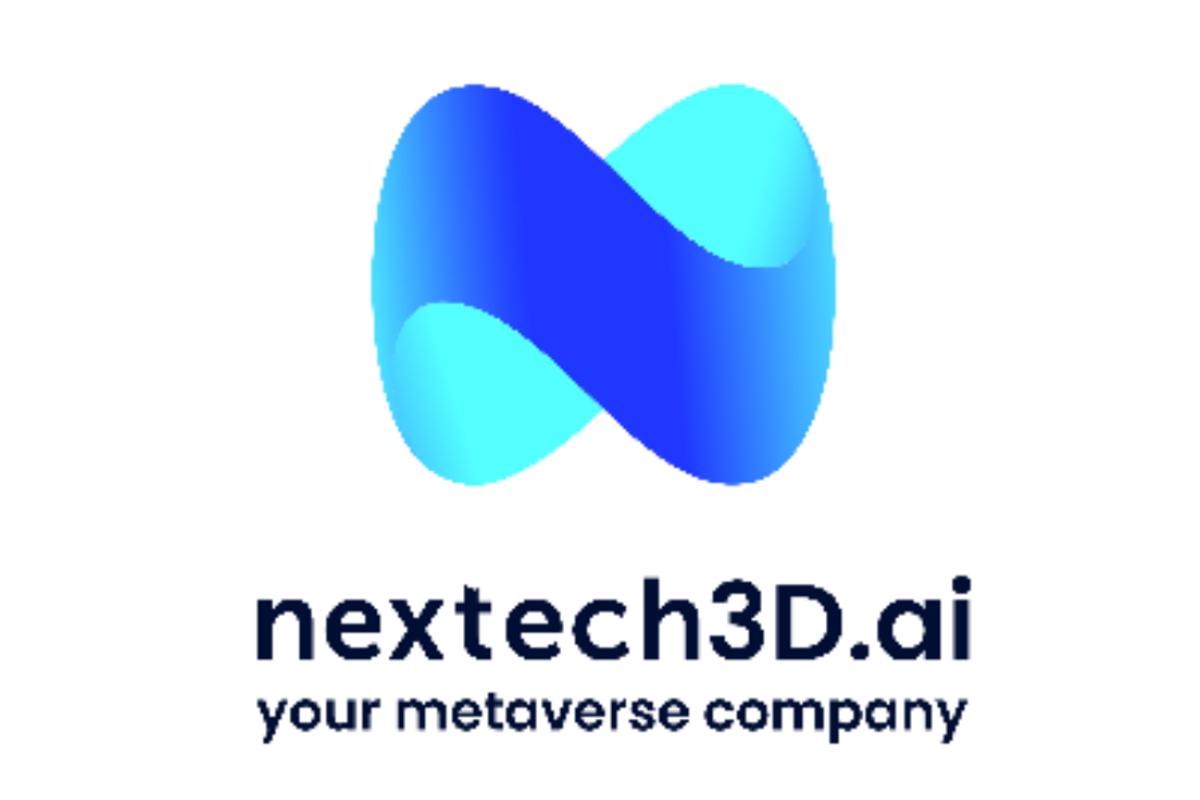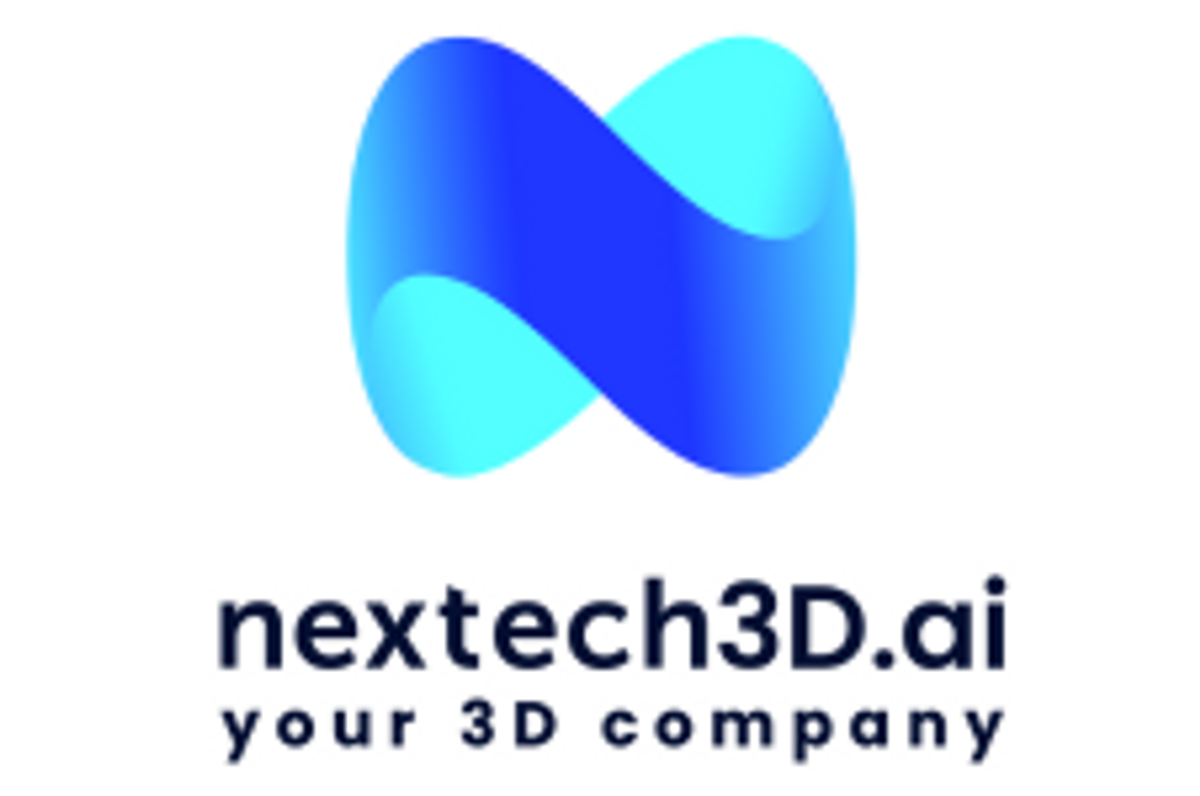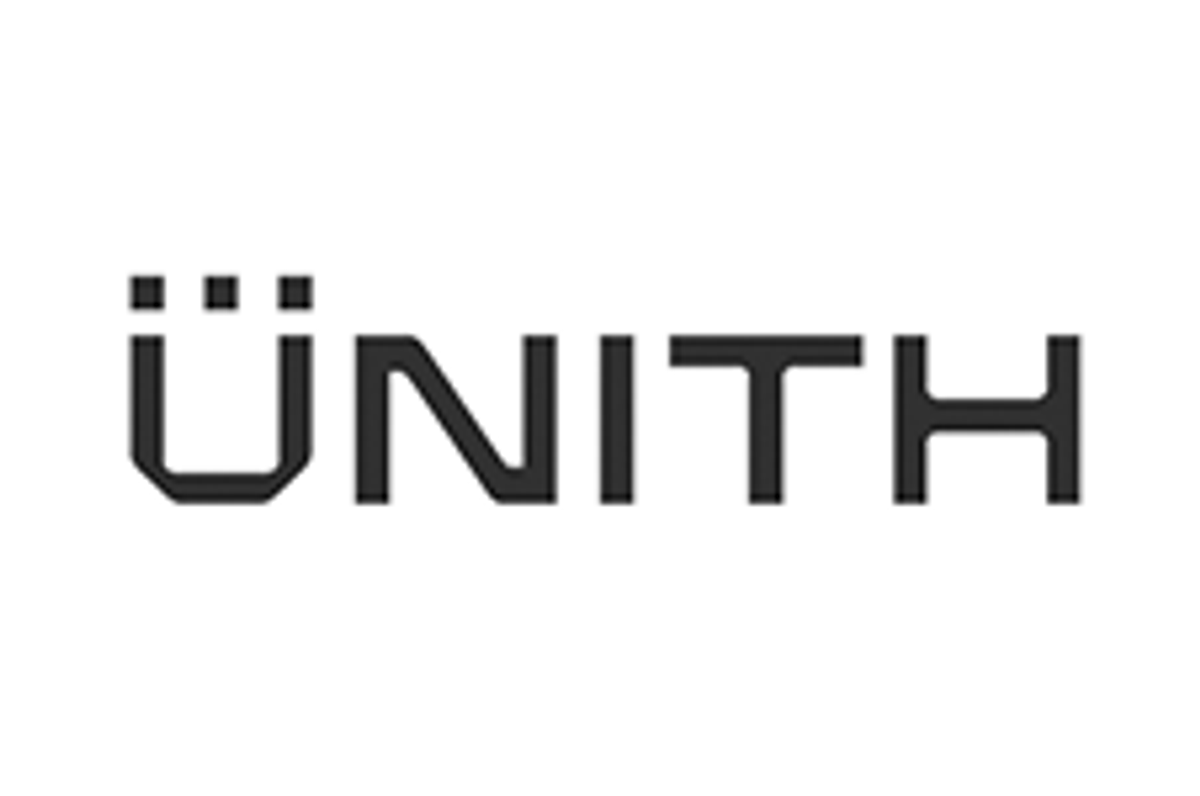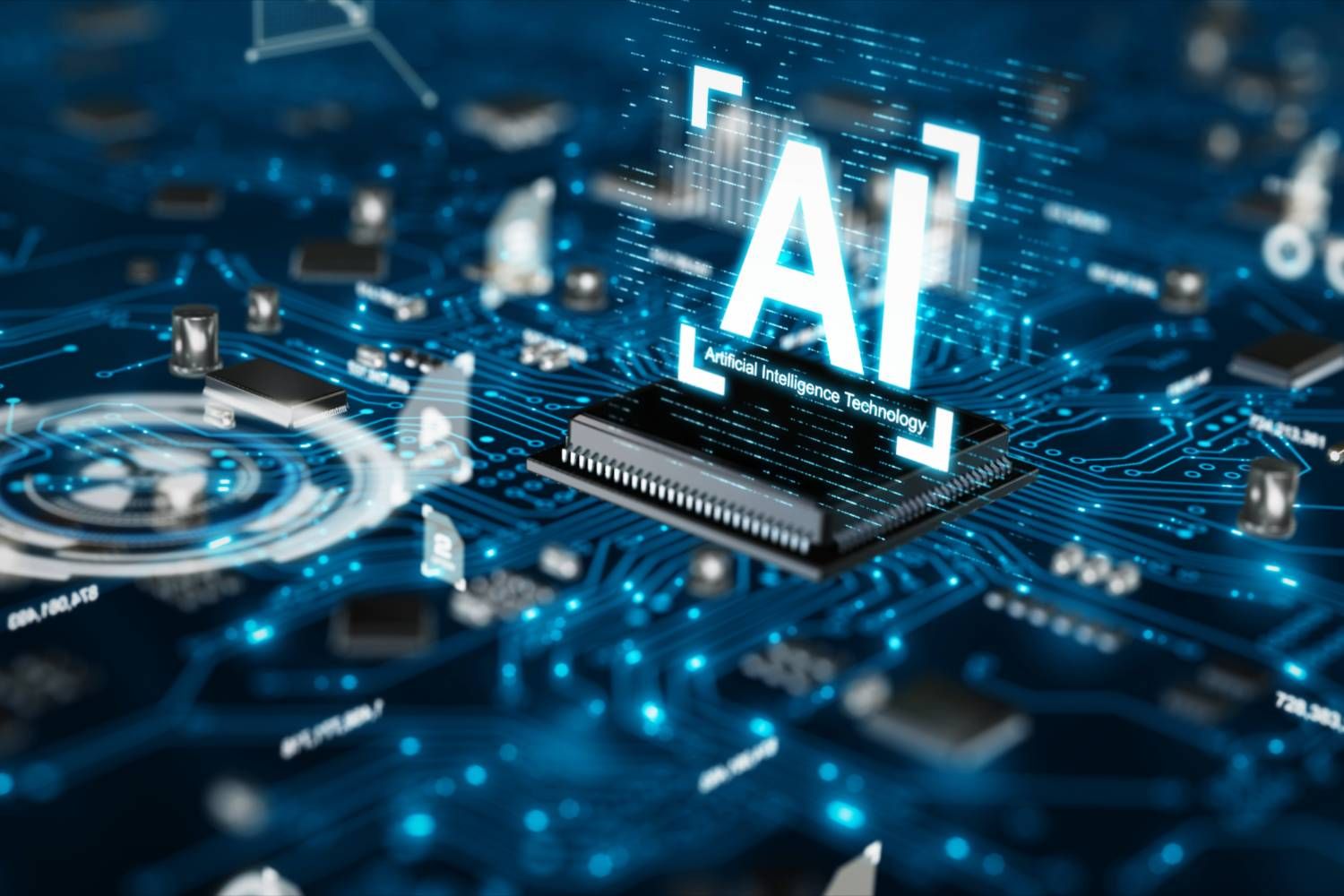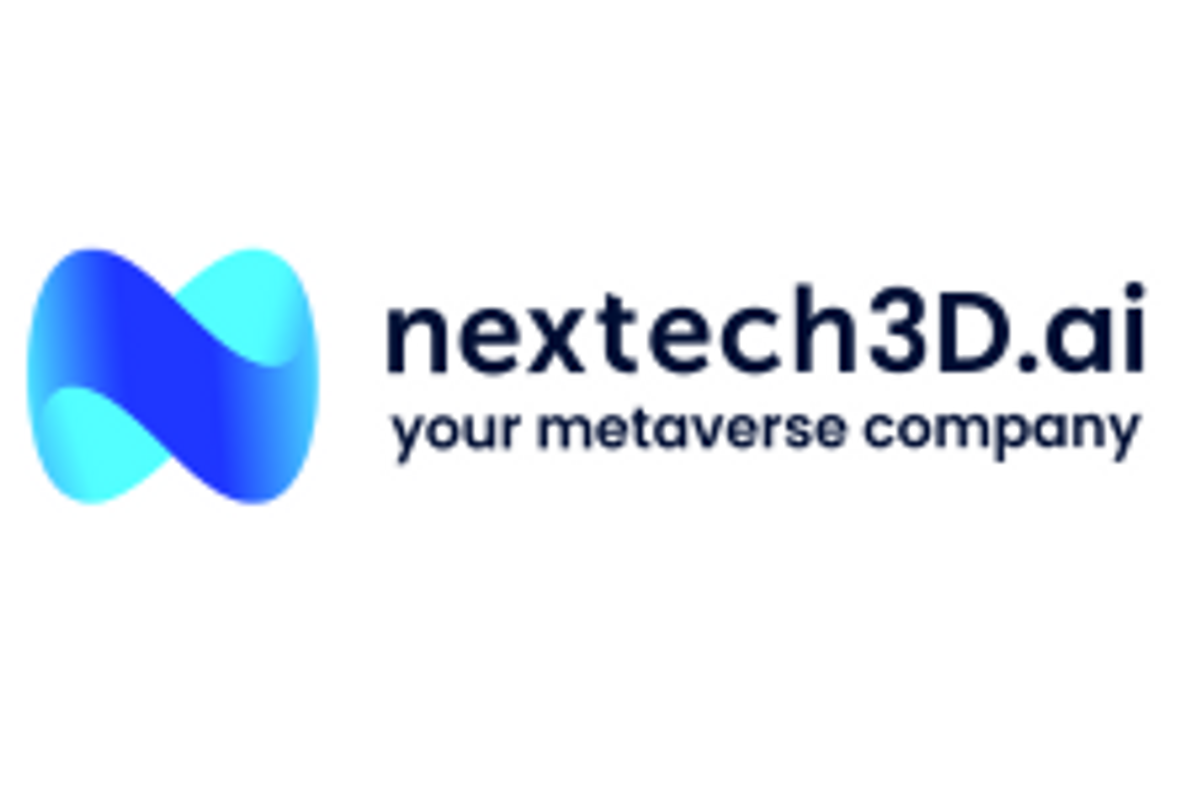
April 04, 2023
Nextech3D.ai (CSE:NTAR, OTCQX:NEXCF, FSE:EP2) develops innovative 3D and augmented reality (AR) modeling solutions for e-commerce companies. The company has generative artificial intelligence technology that sets it apart from other 3D model suppliers. Nextech3D.ai provides services to significant enterprises like Amazon and Target.
Nextech offers four technologies including ARitize3D, an AI-powered 3D model creation platform that operates at scale for e-commerce companies; ARway, an AI-powered augmented reality experience platform for indoor spaces with a disruptive no-code, no beacon spatial computing solution with centimeter precision; Toggle3D, an AI-powered SaaS platform enabling the conversion, texturing, customizing and sharing of the highest quality 3D models at scale, using CAD files; and Nextech Event Solutions, a cloud-based event technology and management software solution.

3D and AR technology are powerful innovations to technologies we’ve relied on for years, including navigation systems, scanners, sensors and GPS satellite components. AR technology works with devices consumers already own as long as it has a camera, such as smartphones, instead of virtual reality (VR), which requires a specialized device.
Company Highlights
Driving shareholder value by Commercializing Disruptive AI, 3D, AR, ML Technologies
- The company develops or acquires what it believes are disruptive technologies and once commercialized, spins them out as stand-alone public companies issuing a stock dividend to shareholders while retaining a significant ownership stake in the public spin-out.
- On October 26, 2022, Nextech3D.ai spun out its spatial computing platform, “ARway” as a stand-alone public company. Nextech3D.ai retained a control ownership in ARway Corp. with 13 million shares, or a 50 percent stake, and distributed 4 million shares to Nextech AR Shareholders.
- On December 14, 2022, Nextech announced its second spinout of Toggle3D, an AI-powered 3D design studio to compete with Adobe. Toggle3D is expected to be public in the first half of 2023.
Diversified Technology Company
- Nextech3D.ai is a diversified augmented reality, AI technology company that leverages proprietary artificial intelligence (AI) to create 3D experiences for the metaverse.
- The company’s unique AI technology sets Nextech apart from its competitors, allowing it to earn contracts from big companies like Target and Amazon.
- The 3D modeling market is expected to reach US$6.33 billion by 2028, growing by a CAGR of 15.49 percent from US$2.3 billion in 2021.
- Nextech3D.ai offers four unique technologies (ARitize3D, ARway, Toggle3D, Nextech Event Solutions) to cater to the needs of enterprise companies
- 3D and AR advance other technologies we’ve come to depend on, including GPS components, scanners and navigation systems.
- AR does not require any investment from consumers to put to use, and instead works with any device equipped with a camera.
- Nextech has grown rapidly in recent years, reaching US$10.3 million in 2022, increasing the 3D modeling business by 266 percent from 2021 and recently achieving a 963-percent increase in users for its Toggle3D platform since its launch in Jan 2023.
Leadership Team
- CEO Evan Gappelberg has a positive track record of creating shareholder value for over 20 years and is the single largest shareholder of Nextech3D.ai with a 10 percent stake
- An experienced team of technology innovators leads Nextech3D.ai to further develop and market its unique solutions.
This Nextech3D.ai profile is part of a paid investor education campaign.*
NTAR:CNX

Sign up to get your FREE
Nextech3D.ai Investor Kit
and hear about exciting investment opportunities.
- Corporate info
- Insights
- Growth strategies
- Upcoming projects
GET YOUR FREE INVESTOR KIT
The Conversation (0)
05 November 2025
Nextech3D.ai
Disrupting the global events management industry with AI and blockchain
Disrupting the global events management industry with AI and blockchain Keep Reading...
10 October 2025
CSE Bulletin: MOC Eligibility Update
The following CSE-Listed symbol will become MOC Eligible as detailed below. Symbol Company Name Effective Date AAWH.U Ascend Wellness Holdings, Inc. Wednesday October 15, 2025 LFLR LaFleur Minerals Inc. MILI Military Metals Corp. MMET Miata Metals Corp. NTAR Nextech3D.ai Corporation QIM Quimbaya... Keep Reading...
09 May 2024
Nextech3D.ai's AI Search Engine Powered by Nvidia GPUs Accelerating It's Production of 3D Models
New AI Increasing 3D Model production up to 40%Search engine has over 200,000 3D models with unlimited color and texture variations Nextech3D.ai (OTCQX:NEXCF)(CSE:NTAR)(FSE:EP2), a patented 2D-3D Generative AI-Powered 3D model supplier (Patent #11,948,248) for Amazon, Miele, P&G, Kohls, and... Keep Reading...
08 May 2024
Nextech3D.ai Receives Large 3D AI Purchase Order from Blue Chip Enterprise Customer
Nextech3D.ai Continues to Sign New & Renewal 3D Modeling Deals plus AR Visualization For Enterprise EcommerceCompany Has Expanded into AI CAD-3D Rendering to Capture Larger Market ShareNextech3D.ai (OTCQX:NEXCF)(CSE:NTAR)(FSE:EP2), a patented 2D-3D Generative AI-Powered 3D model supplier (Patent... Keep Reading...
02 May 2024
Nextech3D.ai Achieves Milestone with 3D AI Modeling Profit Margins Hitting 80% in Q2 2024 Up From 30% in 2023
Nextech3D.ai (OTCQX:NEXCF)(CSE:NTAR)(FSE:EP2), a patented 2D-3D Generative AI-Powered 3D model supplier for Amazon, Miele, P&G, Kohls, Wesfarmers Group "Bunnings" (Australia's largest listed company) and other major e-commerce retailers is excited to announce a major milestone in its 3D modeling... Keep Reading...
29 April 2024
Nextech3D.ai Reports Fiscal Year 2023 and Fourth Quarter 2023 Audited Financial Results
2023 Annual revenue growth of + 56% 2023 Annual revenue of $5 million Nextech3D.ai (OTCQX:NEXCF)(CSE:NTAR)(FSE:EP2), a patented 2D-3D Generative AI-Powered 3D model supplier (Patent #11,948,248) for Amazon, Miele, P&G, Kohls, Wesfarmers Group "Bunnings" and other major e-commerce retailers... Keep Reading...
06 January
Why 3D Visualisation is a Game Changer for Resource Asset Management
Forget spreadsheets and static blueprints. The future of resource asset management is unfolding in three dimensions, and smart money is starting to take notice. 3D visualisation is no longer a niche tool; it's rapidly becoming the indispensable core of how resource companies — such as mining,... Keep Reading...
06 January
Seegnal's operating subsidiary Seegnal E-Health Ltd. hires AI VP to Strengthen AI Capabilities and Accelerates Development of Seegnal Guard
Seegnal Inc. (TSXV: SEGN), a global leader in clinical decision support solutions applying patient-centric medication safety standards, today announced a major enhancement of its artificial intelligence capabilities with the appointment of Yura Zharkovsky as Vice President of Artificial... Keep Reading...
05 January
Nextech3D.ai Closes Krafty Labs Acquisition Expanding into a Comprehensive End-to-End AI-Powered Live Events and Experiential Engagement Platform
The Krafty Labs acquisition brings with it a diversified list of blue-chip enterprise customers TORONTO, ON AND NEW YORK, NY / ACCESS Newswire / January 5, 2026 / Nextech3D.ai (CSE:NTAR,OTC:NEXCF)(OTCQB:NEXCF)(FSE:1SS), an AI-first technology company specializing in AI-powered live event... Keep Reading...
28 December 2025
Unith Strengthens Funding Position
Unith (UNT:AU) has announced Unith Strengthens Funding PositionDownload the PDF here. Keep Reading...
24 December 2025
CORRECTION: Nextech3D.ai Provides Shareholder Update on Krafty Labs Acquisition and Announces $321,917 CEO Investment
Correction: The conversion price was incorrectly reported as .14/share. The correct price is .165/shareCorrection: Nextech3D.ai Provides Shareholder Update on Krafty Labs Acquisition and Announces $321,917 CEO InvestmentCorrection: The conversion price was incorrectly reported as .14/share. The... Keep Reading...
23 December 2025
AI Market Forecast: Top Trends for AI in 2026
Artificial intelligence (AI) has cemented its role as a key sector for investors, but its path forward is shifting.Several catalysts, including sustained AI infrastructure spending and US Federal Reserve interest rate cuts, are poised to drive tech sector growth in 2026; however, massive capital... Keep Reading...
Latest News

Sign up to get your FREE
Nextech3D.ai Investor Kit
and hear about exciting investment opportunities.
- Corporate info
- Insights
- Growth strategies
- Upcoming projects
GET YOUR FREE INVESTOR KIT
Interactive Chart
Latest Press Releases
Related News
TOP STOCKS
American Battery4.030.24
Aion Therapeutic0.10-0.01
Cybin Corp2.140.00
